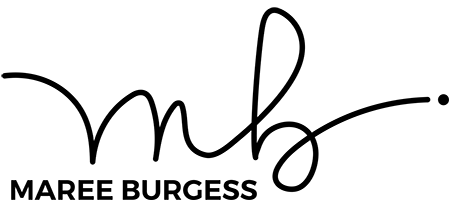
Generalising, Distorting and Deleting - what do they mean and what do they have to do with conversation?
Actually the better question is: how can you understand what you are generalising, distorting and deleting? And when you discover that how does it help you communicate better, understand others more comprehensively and enhance your ability to listen to really connect?
Meaning is meaning – or is it? Actually the meaning of my message is what you understand. So I had better make sure I am clear and check that what I’m saying matches with what you are hearing and understanding. For example, if I say ‘I want to be successful’ – we can assume we both understand what that means. Or can we? Success to me might mean a happy family. Success to you might mean making lots of money. Unless we check in we can often be talking about different things believing that we are talking about the same thing.
In NLP (Neuro Linguistic Programming) the term ‘First Access’ is used to describe how we perceive a ‘map’ of the outside world internally. First Access consists of our pure experience, where all the original information is available, prior to being filtered. Filtering occurs through a series of deletions, distortions and generalisations, involving language, memories, values & beliefs, and life experience. The filtered information creates our own unique map of the world and is what we have access to consciously.
This filtering is healthy and prevents us from getting into overload. Without it we could not function or even survive as we are unable to process every bit of data / information we are exposed to.
With the bulk of what we know buried beneath the surface it is also useful to use conversation and questions to take people closer to First Access and uncover some of what has been filtered to understand and enhance clarity when we communicate.
It’s like an archeologist digging for old artifacts and going down one layer of soil at a time to find more treasures below.
I once spent an entire coaching session asking a client ‘for what purpose?’ to dig down to what they really wanted to achieve. The same question asked over and over again to uncover another layer of what they meant. In the end their final answer was illuminating and surprising for both of us as there was a deep purpose for what they wanted to achieve that the client hadn’t been consciously aware of. Their commitment to achieving the outcome increased 100 fold.
Use questions to
- Deepen the meaning of words used in conversation
- Explore the insights, memories and wisdom of others and better understand how they see the world, and learn about their points of view.
- Unpack the meaning that is stored in deeper parts of our brain.
Just like my previous blog on listening (available here) – our ability to build awareness and understand others’ is crucial to building trust and good relationships.
Next time you are in a conversation:
- Focus on what the other person is saying and check in on their words to clarify their meaning
- What can you help them explore further and see how well you tap into the message of their communication
- Be curious and ask more open questions to extend their (and your) thinking further – without you needing to know the answer
- Some questions to try are “When you say <word> what does that mean for you?” “Tell me more about that?” “And what else?”.
-----------------------------------------------------------
mareeburgess.com provides programs to help leaders, teams and individuals communicate more effectively and thrive through change. As a people, project and change expert, she is obsessed with helping others collaborate, work and play well together.
She is an author of “The XX Project: Giving women the skills and confidence to step up in corporate”. You can order your copy here.

